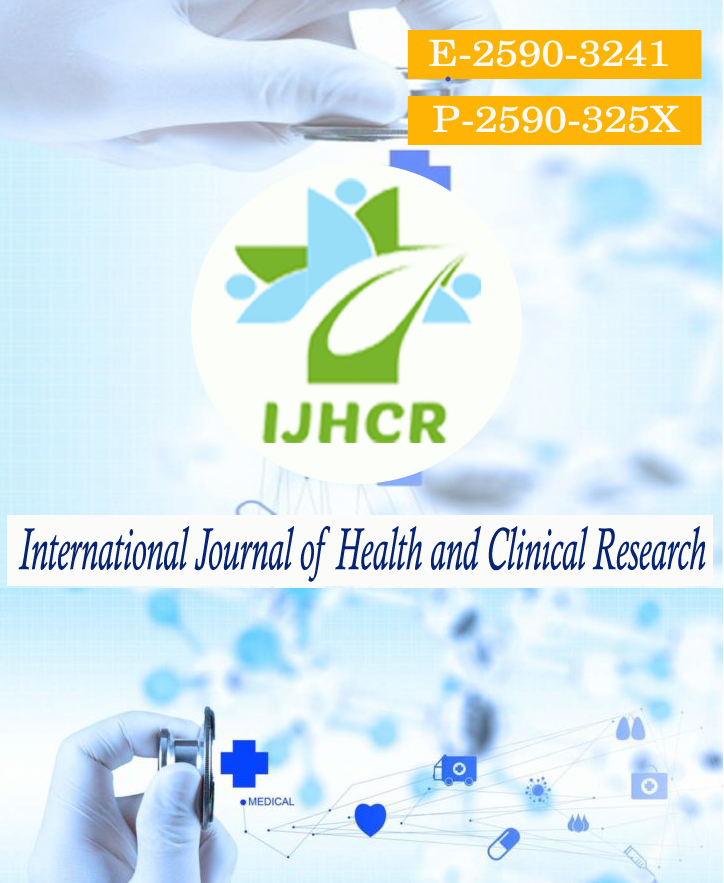Handgrip strength is a better tool for assessing early malnutrition than subjective global assessment in liver cirrhosis
Keywords:
Handgrip strength, subjective global assessment, anthropometry, malnutrition, liver cirrhosisAbstract
Introduction: Malnutrition occurs in majority of patients with liver cirrhosis and progresses as liver function deteriorates. Also, malnutrition is the single reversible prognostic marker that accelerates deteriorating liver function. Aim of our study was to assess the nutritional status using various nutrition assessment parameters including anthropometry and its correlation with severity of liver disease in patients with liver cirrhosis.
Methods: This was a prospective, observational study conducted over a period of 2 years, included consecutive patients diagnosed with cirrhosis of liver based on clinical or radiological evidence. Nutritional status was assessed using biochemical parameters, anthropometry: Body mass index (BMI), mid arm circumference(MAC), mid arm muscle circumference(MAMC), triceps skin fold thickness(TSFT), subjective global assessment (SGA) and handgrip(HG) strength. Severity of liver disease was assessed using Child Pugh Score (CTP). Results: Ninety one consecutive patients with liver cirrhosis were included – 79 (86.8%) male, mean age was 47±13.6 yrs, 77 (84.6%) had alcohol related liver cirrhosis. Cirrhosis was classified Child Pugh A, B or C in 30, 30 and 31 patients respectively.The prevalence of malnutrition as per SGA was 62.63%.In our study, about 86.8% of the patients had weak handgrip strength .Of the biochemical parameters serum albumin, serum bilirubin (total/direct), total leukocyte count and international normalized ratio were significantly deranged in Child Pugh class C versus Child Pugh class A.BMI, MAC, MAMC and TSFT did not correlate well with severity of the liver disease. Handgrip strength and SGA showed significant difference between the three Child Pugh Classes.Of the 21 patients in SGA C (severely malnourished) group, all of them had weak handgrip strength whereas 73.5% of patients in SGA A (well nourished) group also had weak handgrip strength.Conclusion: There was evidence of malnutrition even in patients with early liver cirrhosis when assessed using SGA and handgrip strength over traditional anthropometric methods and biochemical parameters.Patients who were not malnourished according to SGA were found to have weak handgrip strength.This signifies that handgrip strength is a better tool for assessing early malnutrition than SGA.
Downloads
Published
How to Cite
Issue
Section
License
Copyright (c) 2021 Devapriya Rejeev, Nagaraja BS, Kiran S, Chaitra KR

This work is licensed under a Creative Commons Attribution 4.0 International License.






 All articles published in International Journal of Health and Clinical Research are licensed under a
All articles published in International Journal of Health and Clinical Research are licensed under a 